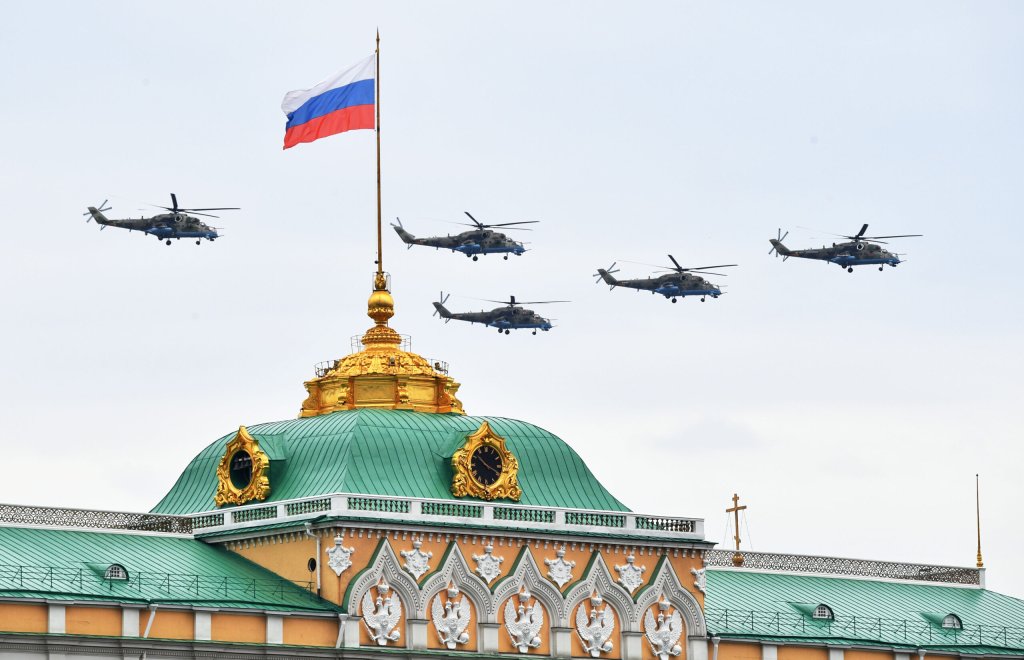When Vladimir Putin unveiled Russia’s hypersonic missile system for the first time in 2018, it sent the world into a tizzy. China began developing its own hypersonic missiles and the United States began to wonder how it didn’t already have such weapons. The missiles, traveling four to five times the speed of sound, are hard to detect, can evade anti-missile systems and are even harder to shoot down.
In May 2023, some good news for American air defenses came from the war in Ukraine, as the country’s armed forces announced it had shot down a Russian Kinzhal hypersonic missile using an American-made Patriot air defense system.
While all ballistic missiles are technically hypersonic missiles, the difference is that tactical hypersonics are actually hypersonic glide vehicles (HGV). They can still fly at the same hypersonic speeds, but are able to make course corrections to avoid surface-to-air missile defenses. The result is a weapon that is supposedly impossible to stop, if they can be detected at all.
In 2018, Russian President Vladimir Putin declared his country’s HGV to be invulnerable to existing Western air defenses. Not only was he wrong, the HGV that was taken down was shot down by a Patriot missile battery, first designed in 1969, created in 1976, and deployed in the 1980s.
The Kinzhal missile is unique among hypersonics in that it’s not an HGV, and thus can be fired from under the wing of next-generation fighter aircraft, such as the MiG-31. In this form, it has limited maneuvering capabilities but the aircraft extends its possible range.
Russia has been using hypersonic missiles against Ukraine since at least May 2022, three months into its invasion of Ukraine. While U.S. Defense Secretary Lloyd Austin believes the missile has not been a game-changer for Russia, shooting one down definitely could be. The Ukrainians have previously admitted they had no defense for the Kinzhal missile.
On May 4, 2023, Ukraine’s Air Force commander Mykola Oleshchuk announced on Telegram that a Russian Kinzhal hypersonic missile was intercepted overnight as Russia attacked targets in Kyiv. That night was also the first time Ukraine has used the American-made Patriot missile system during the war. The result brought a resounding cheer among Ukraine’s armed forces.

“They were saying that the Patriot is an outdated American weapon, and Russian weapons are the best in the world,” Air Force spokesman Yurii Ihnat told Ukraine’s Channel 24 television. “Well, there is confirmation that it effectively works against even a super hypersonic missile.”
Ukrainian officials also called the intercept a “slap in the face for Russia.”
According to the Associated Press, the missile was fired from a Russian MiG-31K and was moving at 10 times the speed of sound, even carrying a “heavy” warhead. The Patriots being used in Ukraine first arrived in late April, donated by the U.S., Germany and the Netherlands.
Russia has other hypersonic weapons in its arsenal, including the Avangard HGV and the Zircon anti-ship missile, but neither of those appear to have been used in combat against Ukraine for the time being. American officials have long said these kinds of advanced missiles do post a threat to American forces, but not an insurmountable one.
It would appear as if the United States has had the anti-hypersonic answer for over 40 years.

